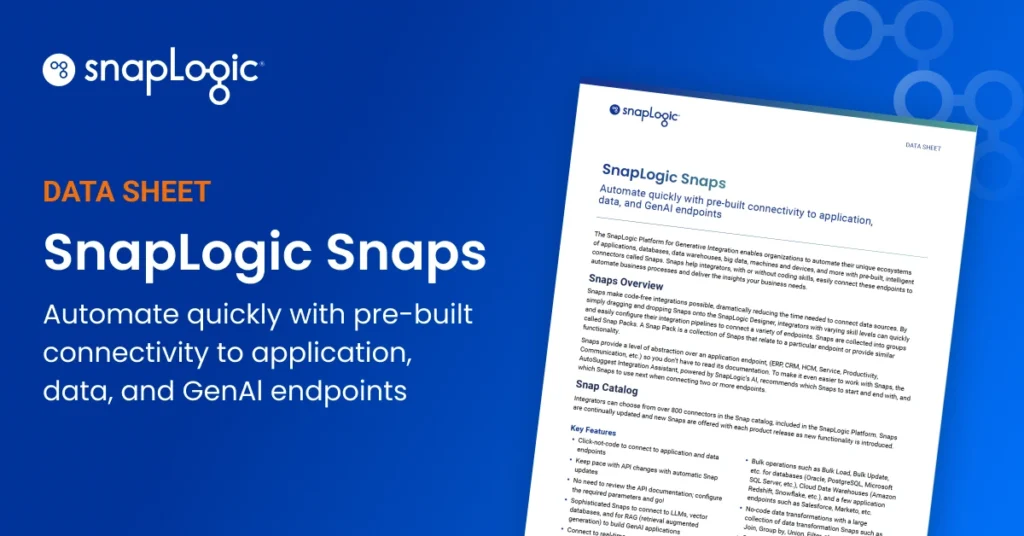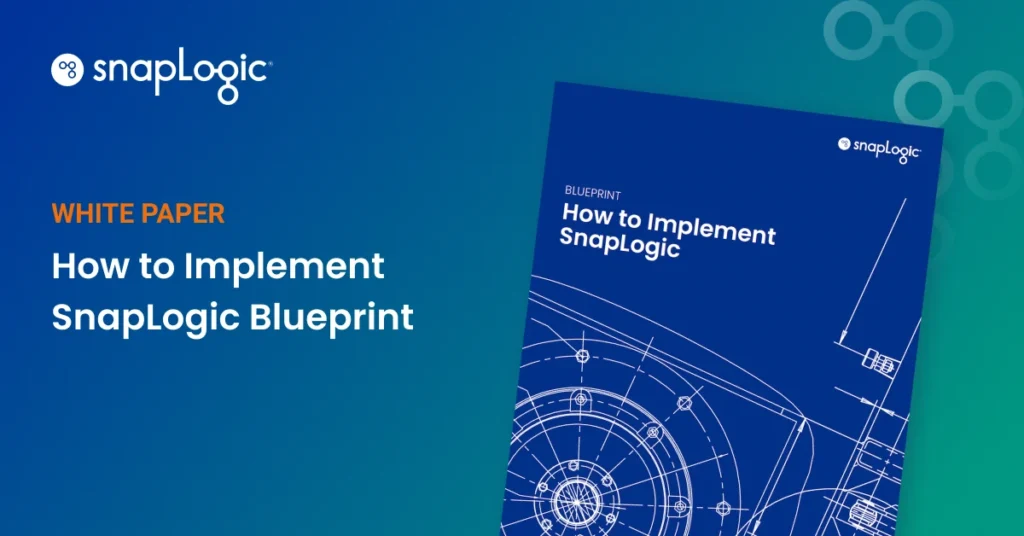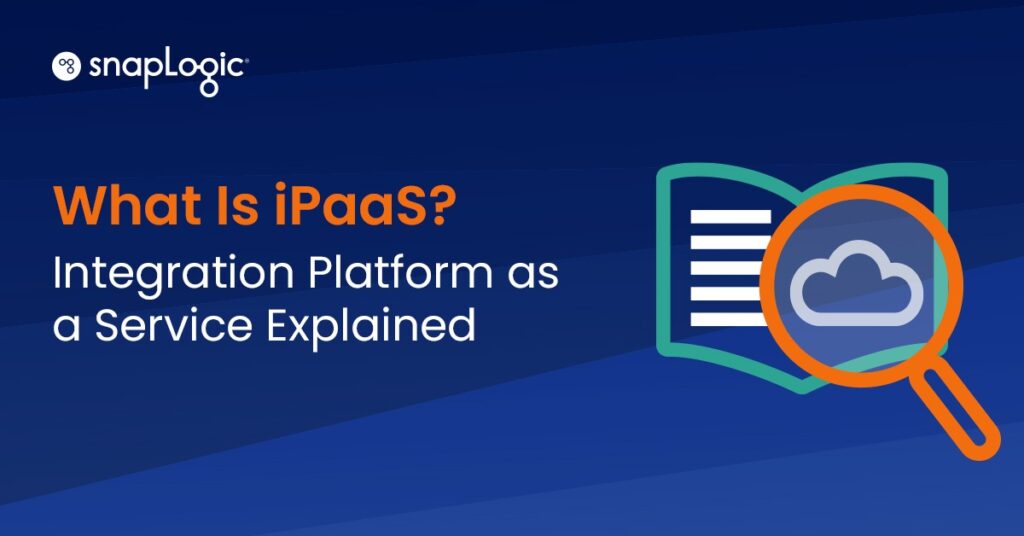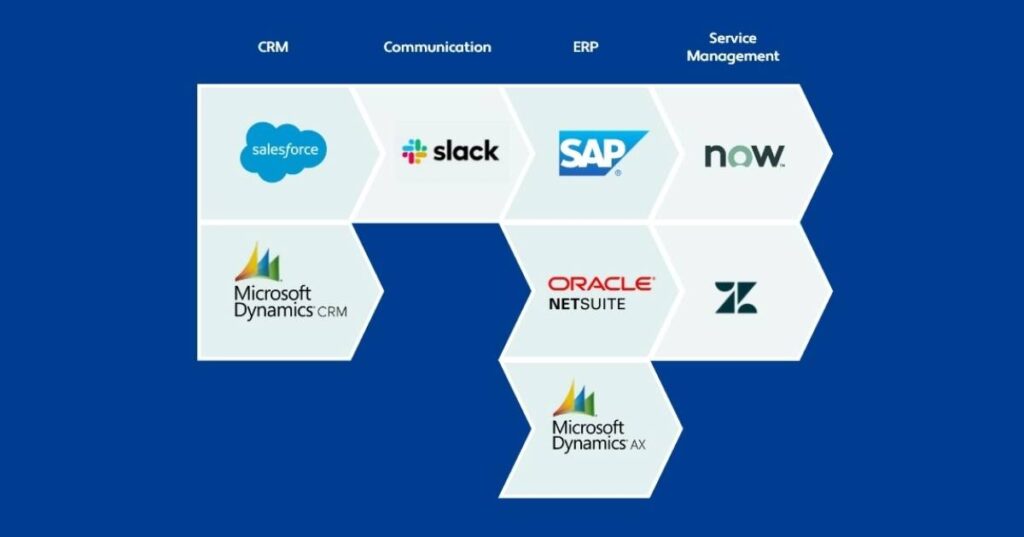What is a node?
In computing and technology, the term “node” can refer to several different concepts depending on the context. Here are some common definitions:
Node in a network
A node in a network refers to any physical device or point that is capable of sending, receiving, or forwarding data. This can include computers, servers, switches, routers, and even smartphones or IoT devices.
Example: In a typical home network, your computer, smartphone, and router are all nodes on the network.
Node in data structures
In data structures, a node is a fundamental unit that contains data and possibly links to other nodes. Nodes are used in various data structures like linked lists, trees, and graphs.
Example: In a binary tree, each node contains a value and links (or references) to its left and right child nodes.
Node in distributed systems
In distributed computing, a node refers to an individual computer or server that is part of a larger system. Each node operates independently but collaborates with other nodes to perform tasks, share resources, or achieve a common goal.
Example: In a blockchain network, each computer that participates in validating transactions and maintaining the ledger is a node.
Node.js
Node.js is a JavaScript runtime environment that allows developers to run JavaScript code outside of a web browser. It is often used for building scalable server-side applications.
Example: When someone refers to “Node” in the context of web development, they are likely talking about Node.js, which is used to build web servers and handle back-end logic.
Node in graph theory
In graph theory, a node (or vertex) is a fundamental unit of a graph, representing an entity or a point where edges (connections) intersect.
Example: In a social network graph, each node could represent a person, and the edges would represent the connections or relationships between them.
How are nodes used for data and app integration?
In the context of data and application integration, a node typically refers to a distinct processing unit or an integration point within an integration architecture or platform. Here’s a closer look at what it means in this context:
Processing node
A node in data and application integration can refer to a component or service that performs a specific task in the data integration process. This task could be extracting, transforming, loading (ETL), or routing data between systems.
Example: In an ETL pipeline, a node could represent a transformation step where data is cleansed or enriched before being passed on to the next node in the workflow.
Integration node in iPaaS (Integration Platform as a Service)
Within an iPaaS, a node might represent an endpoint or a connector that facilitates the integration between different applications or data sources. It could also be a component that manages data flows between cloud services, on-premises systems, and databases.
Example: In SnapLogic, a node might be a “Snap” that connects to a specific API, database, or application, enabling data exchange between those systems.
Workflow or orchestration node
In workflows or orchestration, nodes represent individual steps or tasks within a larger integration process. Each node can execute a function, such as calling an API, triggering a script, or performing data transformations.
Example: In a workflow that integrates CRM data with an ERP system, one node might pull customer data from the CRM, while another node maps and sends that data to the ERP.
Deployment node
In a distributed integration environment, a node can also refer to a deployment unit, such as a server or container, that runs part of the integration logic. Multiple nodes may work together to handle the data integration workload.
Example: In a microservices architecture, each microservice running on a different container or server could be considered a node, working together to complete the integration tasks.
In data and application integration, nodes play a crucial role in ensuring that data flows smoothly between different systems, applications, and services, enabling seamless integration across an organization’s IT ecosystem.








